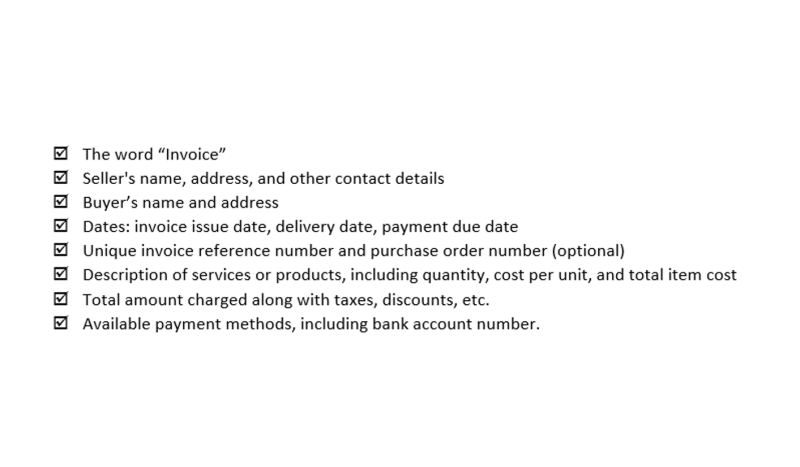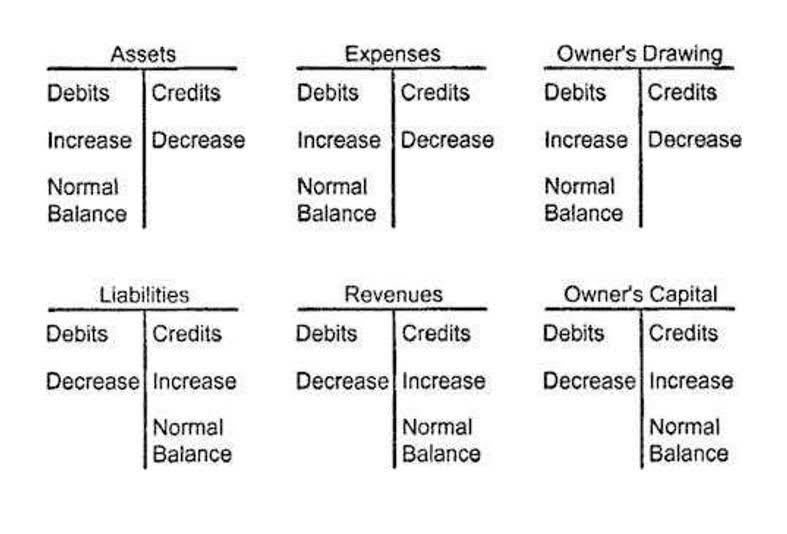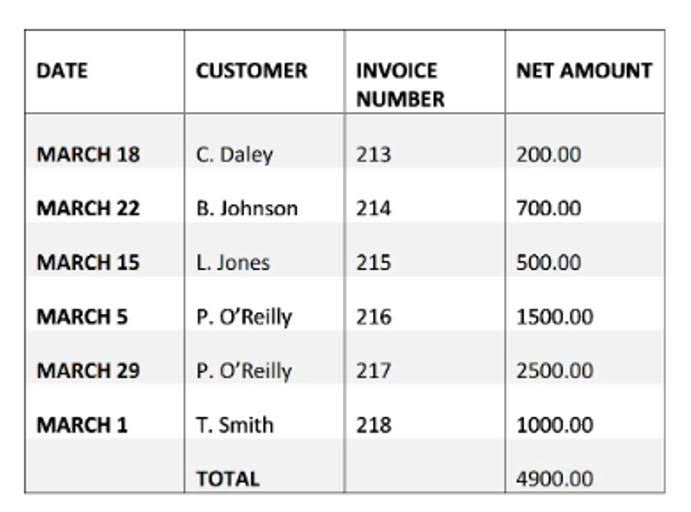
However, there’s a risk of departments feeling their voices aren’t heard. Whether you’re a startup or planning toward a series D funding round, the best budgeting approach is a mix of top-down and bottom-up budgeting approaches. But in order to dive in properly, finance teams need to know whether to start with a top-down or bottom-up budgeting approach. Brian Weisberg, Head of Finance and Business Operations at Tidelift, used this analogy on an episode of The Role Forward Podcast about budgeting. He said that the decorations serve as the large conversations finance teams need to have to dive into the budgeting process.
Characteristics of Top-Down Budgeting
Instead of having leadership decide the budget for the coming month, quarter, or year, the bottom-up system starts at floor-level spending. Download this infographic to find out which strategy is best for you and your team. A bottom-up budgeting approach may be taxing on departments to figure out. With top-down budgeting, floor-level employees have no say in what resources they need to complete their tasks. In contrast, bottom-up budgeting gives more freedom and responsibilities to lower management. Creating an accurate budget is difficult no matter which budgeting process you use.
- Make sure to carefully review your team’s projections and remind them that they should not cushion their budgetary needs.
- The company might not have or be able to afford these extra resources, which can create issues later on when the company is executing its work.
- To save time and eliminate unnecessary repetition, management often starts with the current year’s budget and adjusts it to meet future needs.
- Instead of wasting hours on administrative work, managers can focus on long-term objectives.
- This budgeting process eliminates much of the back-and-fork and guesswork, culminating in a much more rapid budgeting process that isn’t as lengthy or cumbersome.
- You can forget about outdated spreadsheets and effortlessly monitor your spending in real time.
The Role of Financial Budgets
While the end goal may be the same–a company-wide budget–both top-down and bottom-up budgeting approaches have different starting points and get to the finish line using distinctly unique routes. You should also time your budget process with other key initiatives, like strategic planning. To manage the complex process, communicate guidelines and timelines for every step of the process. You may want to use a project management software or other tracking tool to create calendars and keep everyone on track.
Make the Most of Your Marketing Budget With Silverback Strategies
These plans How to Run Payroll for Restaurants should reflect the understanding of the strategic guidance and goals. Consistency and continuity in the organisation’s direction are also crucial. Bottom-up planning is a participatory approach that involves the input and feedback from different departments and stakeholders in the planning process.

The problem with bottom-up budgeting is there are no parameters to guide departments as they develop a budget, which oftentimes is laced with overspending. This inflation can compromise the overall integrity of the budget, making it difficult for organizations to maintain a realistic and balanced financial plan. Moreover, when employees feel that their input matters, they are more likely to be proactive in identifying cost-saving measures and efficiency improvements. This collaborative approach not only enhances the overall quality of the budget but also strengthens the bookkeeping organizational culture. Therefore, bottom-up budgeting is preferred for a stronger strategic approach to the financial management of a company. After the allocation is set, it’s hard for junior staff to argue against, or petition for increased funding with a top-down approach.


Managers collaborate with their teams to develop detailed proposals based on factors such as ongoing projects, expected growth, and necessary resources like staffing, equipment, and materials. This method allows for a more grounded understanding of costs since the people closest to the operations provide direct input. Bottom-up budget allocation works particularly well for organizations where individual departments have unique operational requirements and specialized knowledge. This approach suits companies where lower management possesses essential insights into operational needs and cost analysis. The bottom-up budgeting process excels in environments where detailed planning at the unit level drives success. Bottom-up budgeting calculates budget estimates from the lowest level, which helps boost the accuracy and accountability of the budget.

Track Labor Costs With Secure Timesheets
It’s also important to include any one-time expenses that may be incurred in the upcoming year, such as replacing outdating computer equipment or buying a new office printer. One of the most prominent is the limited involvement of upper-level management. While there are a lot of advantages to using bottom-up budgeting, there are some disadvantages as well. What this has shown Bonnie is that she can likely terminate one or both of the errant employees and replace them with one person if necessary.

If management believes that a department was working over budget in the last few years, they might receive a smaller amount from now on. From there, the Finance team can pull together all the P&Ls and develop top-down vs bottom-up budgeting balance sheets and cash flow statements, which can be automated using an FP&A Platform. With this, all spending decisions and revenue decisions are reflected in the budget. This budgeting process eliminates much of the back-and-fork and guesswork, culminating in a much more rapid budgeting process that isn’t as lengthy or cumbersome. As the year progresses, you’re able to evaluate actuals and variance analysis to identify where’s my budget now, versus the established targets. Choosing the right method depends on your company’s structure, goals, and how much control or flexibility is needed in the budgeting process.
- Taking the time to create a detailed budget may distract from their day-to-day work routines.The top-down budgeting approach centralizes spend to top-tier management.
- In top-down budgeting, senior management dictates the budget, which is aligned with the total corporate vision.
- The totals for each department budget should be coming directly from the department managers or project leads.
- Missing the mark on these estimates might upset the overall company budget.
Best Practices for Facilitating a Bottom-Up Budgeting Process
Without clear guidance from top management, it can become difficult to balance the needs of different departments. To succeed, organizations must strike a balance between allowing input from various levels and keeping overall financial goals on track. Teams have to justify every single expense from the ground up, regardless of the previous year’s budget.
